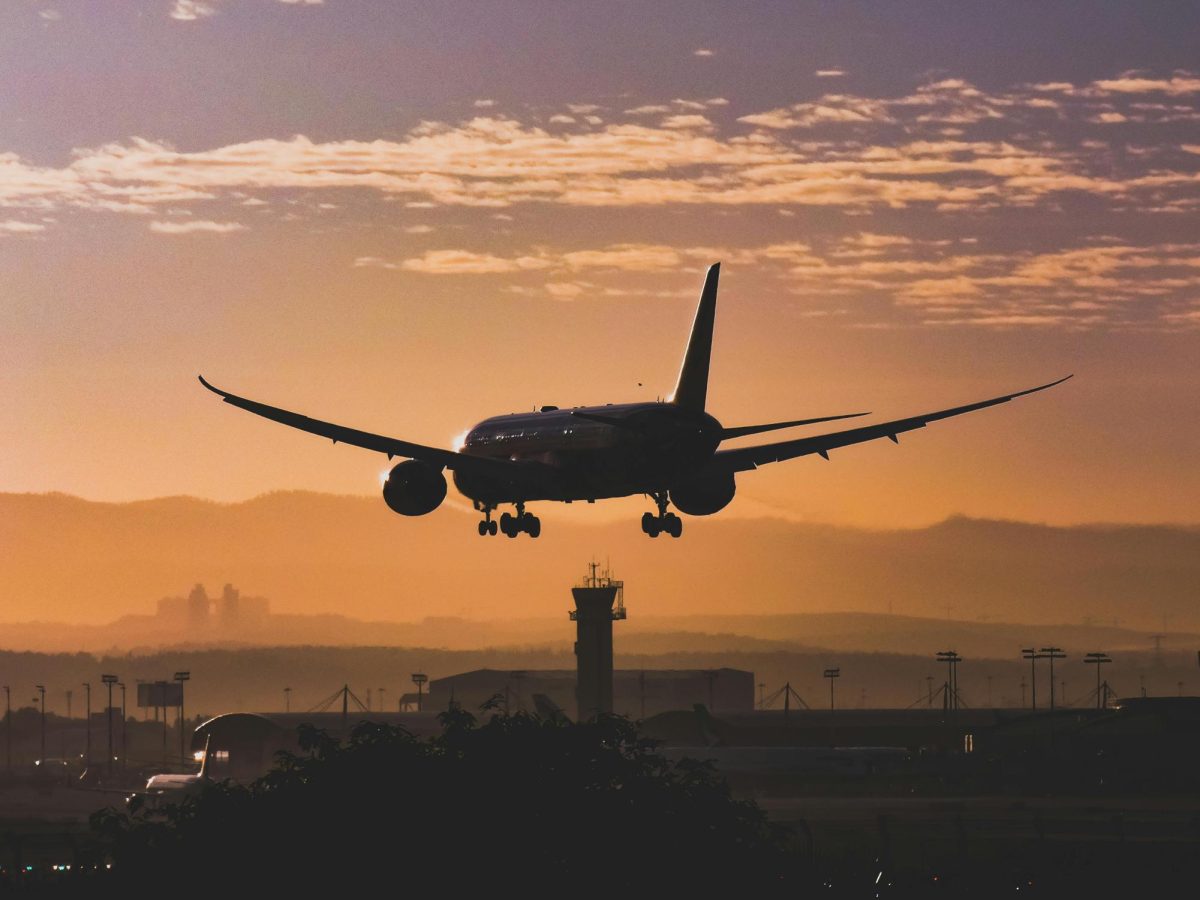Our world today could not be where it is without new technology revolutionizing it at every turn, from the invention of the light bulb to the discovery of nuclear fusion. However, many technology fails are absurd, evil, or outright diabolical. Some of these tech fails were meant to be great ideas that would make things fun, increase convenience, or maybe even save lives.
- CNN+
This is widely considered to be one of the biggest failures in media history. CNN, like most other cable television networks, noticed people canceling subscriptions in favor of streaming and correctly drew the conclusion that it needed to be present in the streaming business as well. As a result, it allocated $1 billion into building CNN+, a subscription service that it claimed would revolutionize news.
The company portrayed CNN+ in a way that seemed like the platform would offer exclusive 24/7 news content from all of the highest-profile hosts in its arsenal, proclaiming it to be CNN 2.0. However, the end product did not meet these expectations.
CNN+ ended up having a few live shows, but these were nothing close to the news already being delivered for free by the original network. Unfortunately, CNN+ couldn’t offer more than this anyway, due to contract obligations that CNN has with cable television providers. As for the rest of the content offered, it feels like CNN completely misjudged its audience.
Overall, it seems that CNN massively overestimated how invested the average person was in its hosts and how much they cared about seeing those characters in these shows. At the same time, the company underestimated the impact of the Internet and how it has made people so used to consuming news content for free. It became very clear very quickly that the people who liked CNN for what it was weren’t getting any more of that by subscribing to CNN+.
If there is one silver lining to all of this, it is that CNN only used $300 million of the original $1 billion budget because the service shut down so quickly, and it didn’t have the time to spend the rest. CNN’s target was to acquire 2.5 million subscribers in the first year, but this number peaked at only 150,000. This led CNN+ to become one of the fastest-ever services to come and go, lasting only 32 days.
- BetterHelp
The concept of the online therapy platform revolves around the fact that a lot of people are increasingly in need of the help of a therapist for their mental health, but they don’t have access to one or are not comfortable looking for one in person. BetterHelp strives to resolve this problem by making therapy more affordable and more accessible by hosting the service entirely online, promising safety and security — the exact point at which it unfortunately falls short.
This site is notorious for sponsoring a lot of YouTubers, podcasters, and other influencers, which in turn allowed BetterHelp to rack up a large number of users. In 2022 alone, this site served 2.5 million customers. It sounded like a great service to many, but, unfortunately, it came with a gut-wrenching price.
When the Federal Trade Comission conducted an investigation on BetterHelp, it found that the company had been selling personal data from these customers to companies like Facebook, Snapchat, and Pinterest so that those companies could advertise to these vulnerable people. Much of this personal data was obtained by repeatedly pushing customers who signed up for the service to take an extremely personal intake questionnaire with questions asking if they’re experiencing overwhelming sadness, grief, or depression and if they think they’d be better off dead. The most evil part of this is that BetterHelp made statements assuring customers that the information they provided in this questionnaire would stay private between the individual and their counselor, even though it had been taking the information and selling it.
- Boeing 737 Max 8
The number one tech fail on this list is a company that has quickly become infamous for substantial concerns surrounding its main product. In 2017, Boeing introduced a plane called the Boeing 737 Max 8. This aircraft was made to directly compete with Boeing’s rival Airbus and its new A320neo. The A320neo was an updated model of the original Airbus A320, with a new aircraft engine that made it 15% more fuel efficient without any large changes to the actual plane. Pilots could walk into the new plane with no extra training and be on their way.
Boeing, however, had a serious problem with its new plane. Its single-aisle plane, the 737, was lower to the ground than the A320neo, which meant that the bigger, more efficient engine couldn’t fit in its usual spot. To deal with this issue, Boeing moved the engines above the wing, which had a significantly dangerous side effect. When the Max 8 was in takeoff, the angle of the plane would tend to raise a little bit too high, which could cause it to stall.
Instead of redesigning the entire plane from scratch, Boeing installed software called Maneuvering Characteristics Augmentation System, or MCAS for short. It was connected to a sensor on the front nose, which could detect whether the plane was stalling, and if it was, the MCAS system could save the plane by correcting the angle of the climb. However, due to software bugs, rushed development, and a lack of awareness among pilots about the MCAS system, it caused two massive catastrophes.
In Jakarta, Indonesia, Lion Air Flight 610 took off from Soekarno-Hatta International Airport on Oct. 29, 2018. All was well until a couple minutes after takeoff, when the nose of the plane kept lurching downward due to incorrect sensor data. Eventually, as the plane flew over the Java Sea, the plane lurched downward again, crashing into the water at 400 miles per hour, killing all 189 people on board.
Another similar, horrific incident occurred in Ethiopia with another Boeing 737 Max 8 on March 10, 2019. In this crash, the pilots managed to gain control of the plane, but at this point, it was far too late, and the plane crashed into the ground before the pilots could react. The most horrifying part of this incident was that Boeing tried to place the blame on the pilots, even though the pilots weren’t even made aware of the MCAS system or how to override it if it were to ever fail. After this, Boeing’s CEO was fired, and several executives were imprisoned.
It has been years since these tragic incidents, but unfortunately, Boeing has once again experienced another critical failure. On Jan. 5 of this year, a Boeing 737 Max 9 aircraft flying from Portland to California had to return to Portland due to a serious emergency, after the door came off when the plane was at 6,000 feet. Amazingly, only seven seats in that plane were unoccupied, and two of those had been next to that door.
Miraculously, no one was injured whatsoever. After this, people were shocked since this plane had just come off the production line two months prior. All 170 of the planes were then grounded for inspection.
After the incident and the resulting inspection, Alaska and United Airlines found multiple loose parts, including installation issues with the same door plug that had caused this accident on 10 of its other Boeing planes. After the Federal Aviation Administration caught wind of this, it launched an investigation on Boeing, and the CEO was forced to admit a lapse in quality control, which has since severely diminished Boeing’s reputation.






























